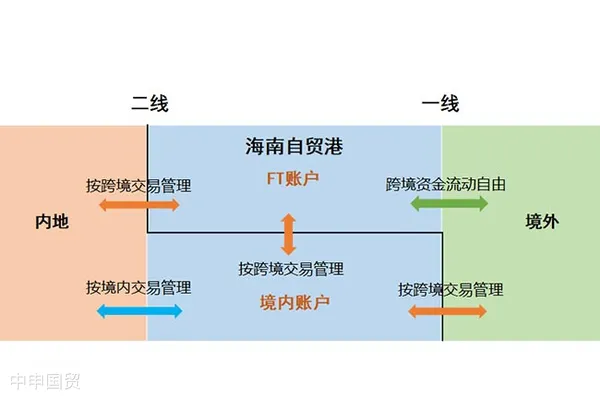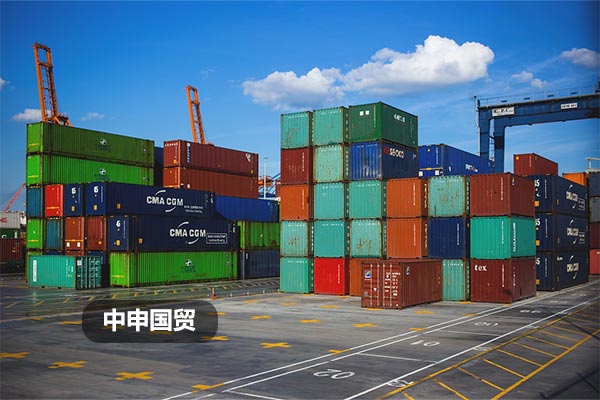- Shanghai Zhongshen International Trade Co., Ltd. - Two decades of trade agency expertise.
- Service Hotline: 139 1787 2118
Hainan, this magical land, has become a hotspot for many entrepreneurs in recent years. The release of the Overall Plan for the Construction of Hainan Free Trade Port in 2020 attracted a large number of entrepreneurs. However, with the adjustment of tax policies and the strengthening of substantive operation requirements, as the island-wide customs closure operation in 2025 approaches, many entrepreneurs face a choice: to stay in Hainan or to leave?
I. Customs Closure: New Opportunities for Hainan
To understand this issue, one must first know a term: sealing off. Sealing off, as the name suggests, means isolating a region from the outside world. But in Hainan, this term has a deeper meaning.
According to the explanation from the Hainan Provincial Department of Commerce, the customs closure essentially turns Hainan into an inland but outside customs area. This means trade between Hainan and other countries will become more liberalized, while exchanges with mainland China will face certain restrictions. Specifically, it involves opening up the first line, controlling the second line, and allowing freedom within the island. These three levels constitute the core concept of customs closure.
Opening up the first line:The first line refers to the boundary between the Hainan Free Trade Port and other countries and regions internationally. Opening up this first line means reducing or eliminating many customs supervision and restrictions in trade and exchanges between Hainan and other countries and regions, achieving free flow of goods, capital, personnel and other factors. Simply put, it encourages and promotes openness and exchanges internationally.
Controlling the second line:The second line refers to the boundary between the Hainan Free Trade Port and other regions in mainland China. Controlling this second line means that the flow of goods and capital between Hainan and other parts of mainland China needs to follow certain customs and regulatory requirements. This is to ensure the economic security and stability of mainland China and avoid potential risks caused by excessive openness. Additionally, goods and capital entering and exiting through this second line need to be included in national customs and trade statistics to ensure clear understanding and management of internal transactions.
Freedom within the island:Freedom within the island refers to the internal environment of Hainan Free Trade Port. Within Hainan Free Trade Port, businesses and institutions can operate in a low-intervention, high-efficiency environment for production and business activities. This free production and operation environment aims to stimulate business vitality, encourage innovation, attract more investment, and make Hainan a truly international free trade center.
II. The Significance of Customs Closure
Customs closure is not just physical isolation. More importantly, Hainan will have the opportunity to formulate freer and more flexible economic policies. A simpler tax system and higher economic freedom will make Hainan a true international free trade port.
Even more importantly, Hainan will gain greater reform autonomy after customs closure. This also means Hainan will have greater opportunities to attract domestic and international capital.

III. The Impact of Customs Closure on Businesses
So, what does Hainans customs closure mean for businesses?
First, Hainans economic freedom will significantly increase. This means Hainan will become an important gateway for businesses to enter the international market. Whether as an intermediary trade hub or an investment destination, Hainan will be the preferred choice for businesses.
Second, Hainans foreign exchange management will undergo major changes. Under current regulations, capital flow between Hainan and overseas will become freer, while capital flow with mainland China will face certain restrictions. However, in the long run, as Hainans economy develops, these restrictions may gradually ease.

IV. How Should Businesses Choose?
Faced with Hainans customs closure, should businesses stay or leave? This is a question that requires comprehensive consideration.
For businesses that value the international market and hope to enter it through Hainan, Hainan is undoubtedly a rare opportunity. For businesses primarily focused on the mainland market, careful weighing is needed.
Related Recommendations
Learn
Get in Touch
Email: service@sh-zhongshen.com
Related Recommendations
Contact via WeChat

? 2025. All Rights Reserved. Shanghai ICP No. 2023007705-2  PSB Record: Shanghai No.31011502009912
PSB Record: Shanghai No.31011502009912









